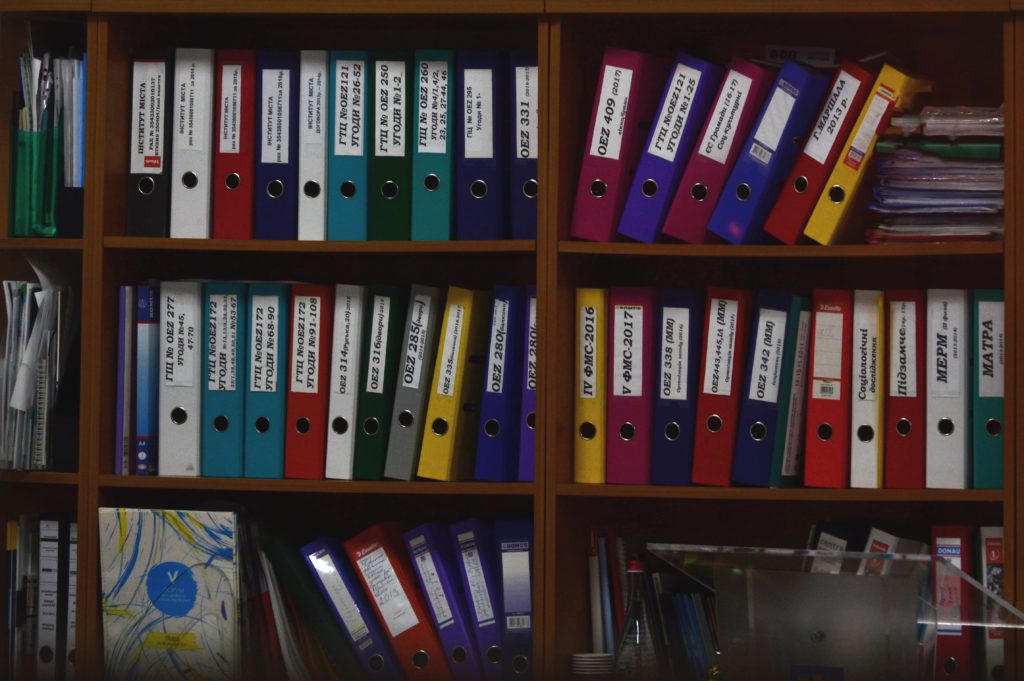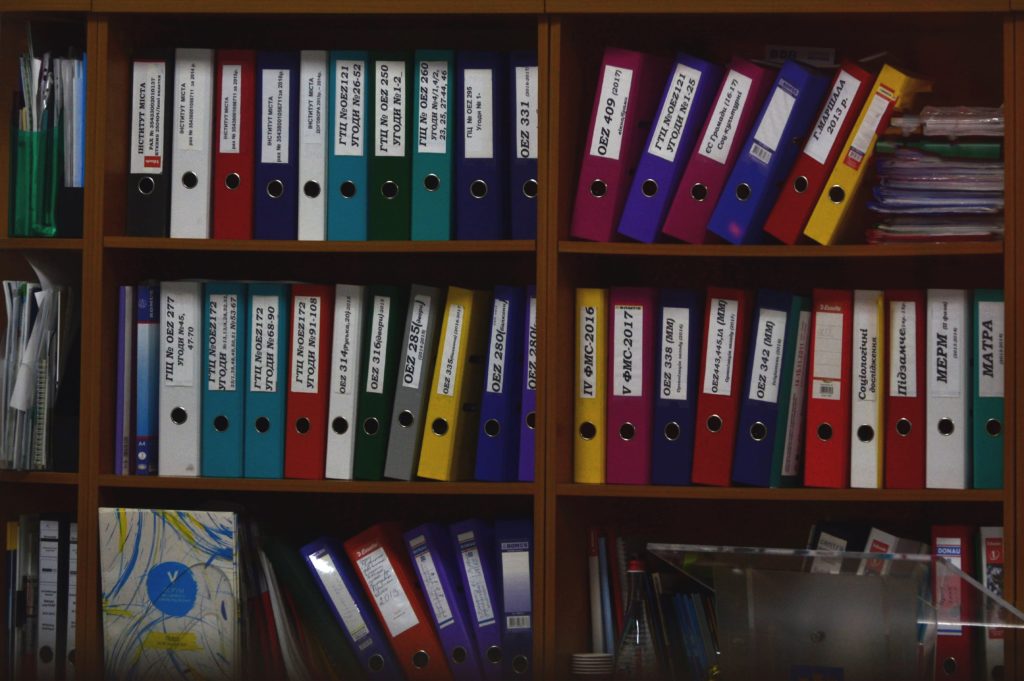
As we mentioned in the post two weeks ago, one of the things that you need to consider when building a coalition is the existence of a plan. While it may seem like a daunting task, it doesn’t have to be. I’ve had the opportunity to work on several different types of plans and lead groups and organizations toward developing plans that work for them. Depending upon the needs and interests of the group, the requirements of the funding agencies or board of directors, the plan can vary considerably. Join me this week as I provide 3 questions to consider when developing a plan.
- Who will use the plan? I know the tendency is to say “everyone” when you develop a plan. We often have lofty goals that everyone will be interested and will want to use our plan. In reality, this is often not the case. It’s important to consider your primary audience and then your secondary audience(s). In many situations, you may need a different version of the plan depending upon your audience. In my coalition-building experience, most of the time the “primary audience” for our statewide health-related plans have been other organizations and groups who are coalition members also focused on similar goals, objectives and strategies. When you know who is using the plan, it is helpful to work with this primary audience to develop your plan.
- Are there existing plans that can inform or influence your plan? Most of my experience in plan development has related to cancer and chronic disease plans. Risk reduction and prevention for both of these areas have similar topics. For instance, tobacco prevention reduces our risk for many types of cancer and chronic diseases. Rather than creating unique tobacco prevention-related goals and objectives, we have asked our partners focused on those topics to share their existing plans. We work together to find common goals and objectives so that our collective work is focused in a similar way. Depending upon your topic, there may be several different existing plans or there may be no other plans. I encourage you to take time before developing your plan to find out what plans may exist that can inform your plan. Also, there may be plans in other states, tribes, territories or regions that you can use as a guide for your plan.
- How will you use your plan? Once you know who the primary (and secondary) users will be, it’s important to figure out how you will use your plan. If you have had a plan in existence for a long time, you can assess how your primary audience has used the plan in the past. If you haven’t developed a plan yet, take time during your next meeting (or via electronic survey) to determine how your primary audience intends to use the plan. You may also have requirements to consider based on your funding agency or board of directors. Developing a plan can be very time and resource intensive, so it’s particularly important to consider how you will use the plan. Depending upon how the plan is used, you may consider having a “full” plan and an “executive summary” that may work well for your primary and secondary audiences.
So, what about you? How have you made decisions about developing a plan for your coalition? How have these changed over time?
If you missed my Facebook Live on this post, check it out here!
If you or someone you know would like to stay up-to-date on my weekly blog posts, subscribe today!
Photo by Viktor Talashuk on Unsplash

